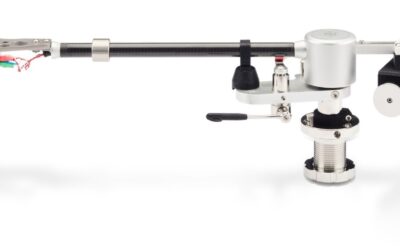How do we produce wood, metal, and ceramic goods with more detail than ever? The answer lies in computer numerical control, or CNC. Machinists give handmade craftsmanship over to automated control, which shapes raw material with intricacy once thought impossible. The two most popular CNC tools are the mill and the lathe, two similar but by no means identical pieces of equipment. Let’s take a closer look at CNC mills and lathes and the differences.
Lathes
We’ll start with lathes. This is a tool that has been important to woodworking and metalworking for centuries. A lathe works with a piece of raw material by shaping it against cutting tools. The material is mounted on a chuck, which attaches to the spindle of the lathe and rotates the workpiece. The tools associated with a lathe perform cutting, patterning, beveling, drilling, boring, and thread cutting. Materials on a lathe rotate constantly while the tool remains in place. This makes the lathe highly advantageous for shaping cylindrical and conical pieces. With the advent of computer numerical control technology, lathes can cut material with more precision than ever before.
Mills
You can think of a mill as the opposite of a lathe. While a lathe involves a workpiece in motion against mostly static tools, a CNC mill holds the workpiece in place while a motor applies rotation to the cutting tools themselves. The cutting tools on a CNC mill not only rotate, but also move along three axes or more: the familiar x, y, and z axes of three dimensions, as well as rotating around the x and y axes on some models. The versatility of a CNC mill’s operations, in conjunction with detailed and thorough CNC instructions, means that you can cut virtually anything with a mill.
Which Do I Need?
The differences between CNC mills and lathes are wide enough that one tool cannot do it all—even the most advanced CNC mill will struggle to shape cylindrical and conical pieces with the precision and ease of a lathe. To perform comprehensive CNC cutting and shaping operations, you will probably need both pieces of equipment. However, due to the learning curve and the expenses inherent in investing in CNC equipment, you may wish to master either the mill or the lathe before progressing to the other.






